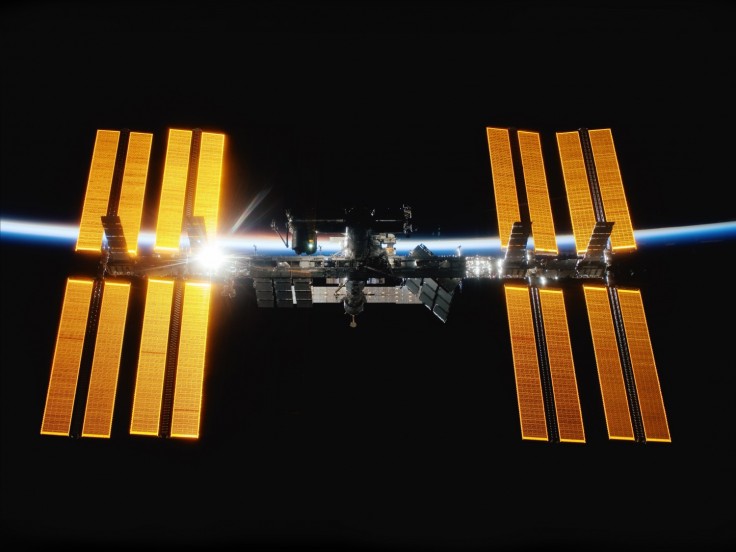
Scientists have detected signs of water in a galaxy far away using the Atacama Large Millimeter Array telescope.
Studying the first galaxies to form in the universe helps scientists to better understand the birth, growth, and evolution of the universe and everything in it, including the solar system and Earth.
ALMA Detected Water
With the Atacama Large Millimeter/submillimeter Array (ALMA), water has been identified in the most massive galaxy in the early cosmos.
H20, as well as carbon monoxide, were discovered in galaxy SPT0311-58, which is located roughly 12.88 billion light years from Earth. The abundance of these two molecules suggests that the molecular cosmos was active soon after the elements were formed in early stars.
This recent study is the most comprehensive examination of a galaxy's molecular gas concentration in the early cosmos to date, as well as the most distant observation of H20 in a normal star-forming galaxy.
SPT0311-58 is composed of two galaxies and was discovered by ALMA scientists in 2017 at its Epoch of Reionization location, or time.
This cosmos was just 780 million years old at the start of this epoch, which ks roughly 5% of its present age and when the first stars and galaxies were forming.
Researchers believe the two galaxies are merging, and that their rapid star production is not only depleting their gas, or star-forming fuel, but also evolving them into gigantic elliptical galaxies like those seen in the Local universe.
According to Joe Pesce from Phys.org, astronomer and ALMA Program Director at the National Science Foundation said, "This exciting result, which shows the power of ALMA, adds to a growing collection of observations of the early universe."
In addition, he also noted that these molecules, which are critical to life on Earth, are developing as quickly as they can, and their study is providing insight into the fundamental processes of a world vastly different from our own.
What is ALMA (Atacama Large Millimeter/submillimeter Array) ?
According to the European Southern Observatory, ALMA is the world's most powerful telescope for studying the cold Universe, which is made up of molecular gas and dust.
The ALMA Radio Telescope investigates the fundamental elements of stars, planetary systems, galaxies, and life.
It allows astronomers to answer some of the most fundamental questions about our cosmic origins by providing detailed images of stars and planets forming in gas clouds near our Solar System, and detecting distant galaxies forming at the edge of the observable Universe, which we see as they were roughly ten billion years ago.
Although ALMA was officially launched in 2013, the first scientific observations with a partial array were made in 2011.
The European Southern Observatory (ESO) is operating the Atacama Large Millimeter/submillimeter Array (ALMA) a state-of-the-art telescope to investigate light from some of the Universe's coldest objects high on the Chajnantor plateau in the Chilean Andes with its international partners.
Millimetre and submillimetre radiation refers to light with wavelengths of roughly a millimetre, which falls in between infrared light and radio waves.
ALMA's components and Capabilities
ALMA is a single, ground-breaking telescope made up of 66 high-precision antennas that operate at wavelengths ranging from 0.32 to 3.6 mm.
Its main 12-metre array consists of fifty antennas, each measuring 12 meters in diameter, that work together as a single interferometer. This is supplemented with a compact array of four 12-meter and twelve 7-meter antennae.
ALMA's 66 antennas may be deployed in various configurations, with maximum distances between antennas ranging from 150 meters to 16 kilometers, giving it a tremendous variable "zoom" capability.
With a vision up to ten times clearer than the Hubble Space Telescope and complementing images acquired with the VLT Interferometer, it can investigate the universe at millimetre and submillimetre wavelengths with unprecedented sensitivity and resolution.









